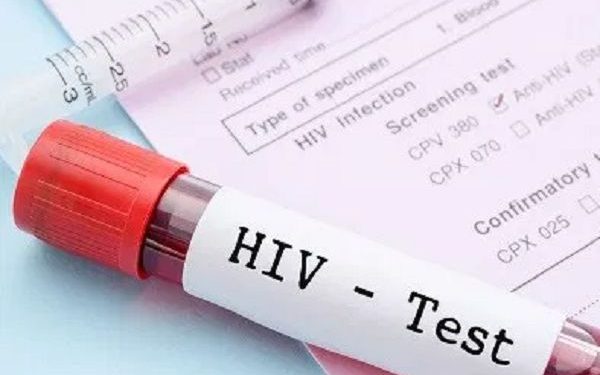In recent years, gene editing technologies have revolutionized the field of medicine, offering new hope for treating and curing a wide range of diseases, including HIV/AIDS. One of the most promising breakthroughs in HIV cure research involves the use of gene editing tools, such as CRISPR-Cas9, to target and eliminate the virus from infected cells. In this article, we’ll explore the groundbreaking potential of gene editing in the quest for an HIV cure, how it works, and the challenges and opportunities it presents.
Understanding Gene Editing and CRISPR-Cas9:
Gene editing refers to precisely modifying an organism’s DNA, allowing scientists to add, remove, or alter specific genes. One of the most powerful gene editing tools currently available is CRISPR-Cas9, a technology inspired by the natural defense mechanisms of bacteria against viruses. CRISPR-Cas9 acts like a pair of molecular scissors, allowing researchers to cut the DNA at specific locations and make targeted changes to the genetic code.
Gene Editing and HIV Cure:
The idea of using gene editing to cure HIV stems from the fact that HIV inserts its genetic material into the DNA of host cells, effectively hijacking the cell’s machinery to replicate itself. By targeting and disabling the viral genes within infected cells, gene editing technologies could potentially render the virus inactive or eliminate it entirely from the body.
One approach to using gene editing for an HIV cure involves modifying immune cells, such as T cells, to make them resistant to HIV infection. Researchers can use CRISPR-Cas9 to edit the genes encoding cell surface proteins, such as CCR5, which serve as entry points for HIV into the cells. By disrupting these genes, immune cells can become resistant to HIV infection, providing long-term protection against the virus.
Another approach involves targeting HIV reservoirs, which are dormant or hidden pools of virus that can persist in the body despite antiretroviral therapy. Gene editing technologies could potentially activate and target these reservoirs, allowing the immune system to recognize and eliminate infected cells.
Recent Breakthroughs and Clinical Trials:
In recent years, there have been several significant breakthroughs in using gene editing for HIV cure research. One of the most notable examples is the case of the “Berlin patient” and the “London patient,” both of whom were HIV-positive individuals who underwent bone marrow transplants from donors with a rare genetic mutation that confers natural resistance to HIV. While bone marrow transplantation is not a viable cure for HIV due to its risks and complexities, these cases provided proof of concept that targeting the CCR5 gene could lead to a functional cure for HIV.
More recently, researchers have conducted preclinical studies and early-phase clinical trials to explore the safety and efficacy of gene editing technologies, including CRISPR-Cas9, for targeting HIV. While these studies are still in the early stages, they have shown promising results in terms of reducing viral load, increasing CD4 cell counts, and potentially achieving long-term viral suppression or remission.
Challenges and Future Directions:
Despite the promising potential of gene editing for an HIV cure, several challenges and obstacles remain. These include:
Off-Target Effects: Gene editing technologies like CRISPR-Cas9 can sometimes make unintended changes to the DNA, known as off-target effects, which could have unforeseen consequences for the patient’s health.
Delivery Methods: Delivering gene editing tools to the target cells in the body safely and efficiently remains a significant challenge. Researchers are exploring various delivery methods to overcome this hurdle, including viral vectors, nanoparticles, and ex vivo cell manipulation techniques.
Ethical Considerations: The use of gene editing for HIV cure research raises important ethical considerations, including concerns about safety, consent, equity, and access to treatment. Researchers and policymakers must navigate these ethical issues carefully to ensure that gene editing technologies are used responsibly and ethically.
Conclusion:
In conclusion, gene editing breakthrough technologies offer unprecedented opportunities for advancing HIV cure research and potentially achieving a functional or complete cure for HIV/AIDS. By targeting the virus at the genetic level, gene editing tools like CRISPR-Cas9 hold the promise of disrupting HIV replication, rendering infected cells resistant to the virus, and potentially eliminating HIV from the body altogether. While significant challenges and obstacles remain, recent breakthroughs and ongoing research efforts offer hope for a future where HIV/AIDS can be cured using gene editing technologies. As researchers continue to push the boundaries of science and innovation, the dream of an HIV cure may soon become a reality.



